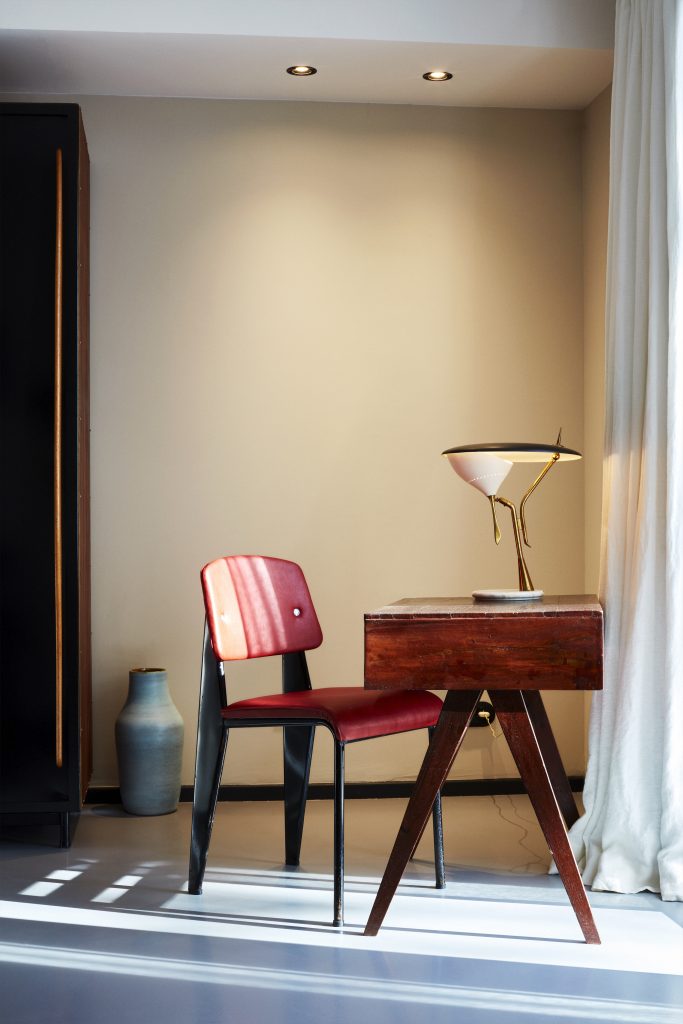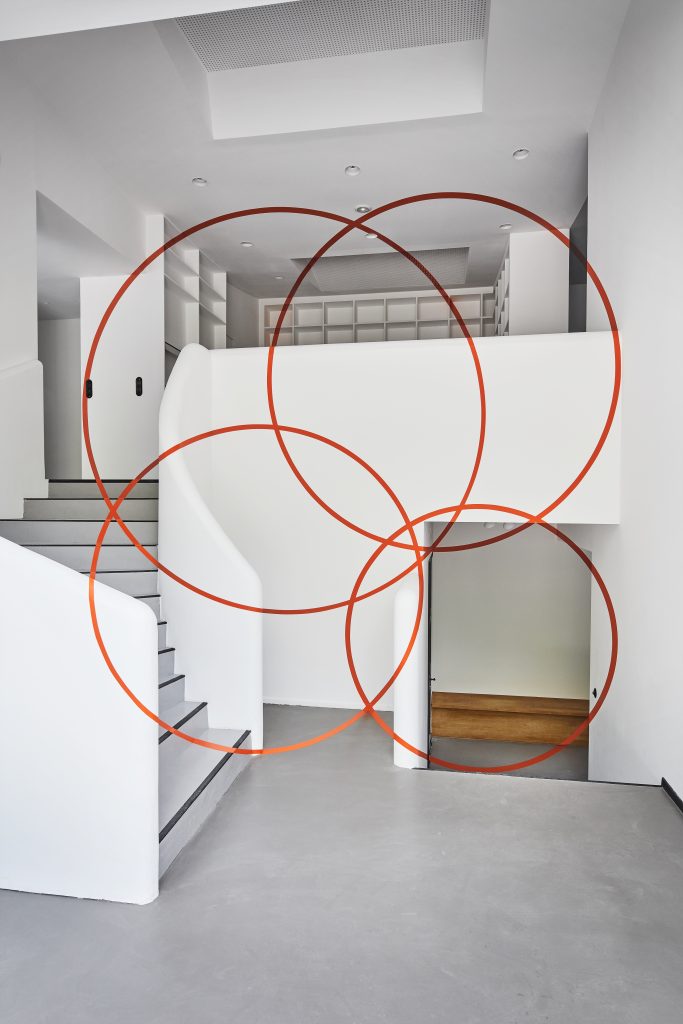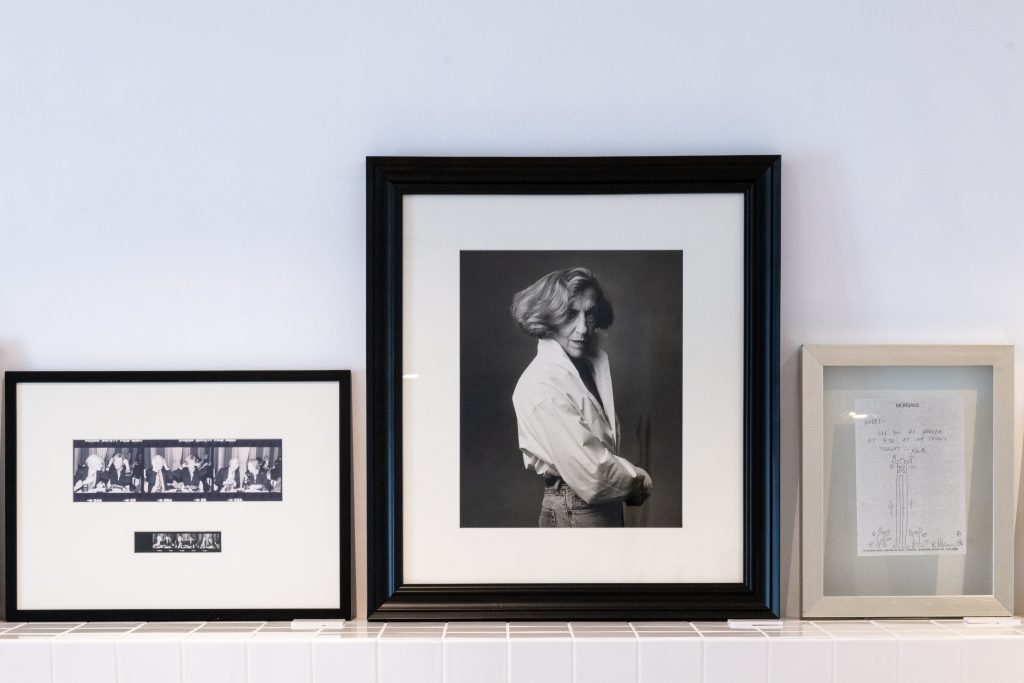France – Saint-Paul-de-Vence
The mythical “château” of the avant-garde, a model of architectural simplicity with orthogonal lines, a “minimalist cubist castle “1, the Villa Noailles, nestled in the hills above Hyères in the Var region of France, was a veritable design laboratory in the 1920s, prefiguring a new art of living. Commissioned by Charles and Marie-Laure de Noailles from architect Robert Mallet-Stevens, founder of the Union des Artistes modernes, it was furnished by craftsmen advocating purism and functionalism, in line with the “Less is more” approach of modernist movement leader Mies van der Rohe.


Rejected in its day for its simplicity of line, the furniture imagined by the creators of the Modern Movement would have fallen into oblivion had it not been rediscovered and reissued by Andrée Putman in the late 1970s. In 1978, at the age of fifty-three, the designer founded Ecart International to reissue this forgotten furniture, which she used in most of her redesigns. Thanks to her success, the Grande Dame of Design brought out of the shadows masterpieces by Eileen Gray, Pierre Chareau, Djo Bourgeois, Francis Jourdain and Mallet-Stevens.

This is the story told in association with the Villa Noailles – which this year celebrates not only its centenary but also the twentieth anniversary of its Centre d’Art Contemporain – in one of the wings of the magnificent Fondation CAB in the hills above Saint-Paul-de-Vence. Here we see some of the masterpieces from the Ecart catalogue, made up of furniture that had disappeared or remained in the form of drawings or prototypes, which Andrée Putman “resuscitated” and reused to become best-sellers in the 1980s. Faced with the success of these re-editions, and to meet the needs of a number of prestigious clients, she founded her own interior design agency in 1984.


From the Morgans Hotel in New York to the Centre d’Arts Plastiques Contemporains in Bordeaux, not forgetting the designs she created for Karl Lagerfeld, Yves Saint-Laurent and Azzedine Alaia, she used these 1920s reissues in every corner of the globe, always following the same purified line leading classicism, made of measure and balance, to minimalism: “Remove colours. Make disappear. Subtract […] I believe that this operation – subtraction – is the basis of all my work. […] When I was very young, I bought paintings from artists who were far from established. To see and show them properly, I had to simplify the space in which they were displayed. […] I have established a balance between what must disappear, and what must appear with force; it is in this space that I intervene […].”
- Katia Pecnik, “Villa Noailles: un château au service des avant-gardes” in Modernes arcadies, ed. Archives d’Architectures Modernes (AAM éditions), 2017

The CAB Foundation in St-Paul-de-Vence was founded in 2021 by Belgian collector Hubert Bonnet, nine years after the creation of the parent foundation in Brussels. The 1950s modernist building, renovated in the sleek style of interior designer Charles Zana, is dedicated to showcasing international minimal and conceptual art. Through exhibitions and residencies, it presents the work of historic, established and emerging artists influenced by minimal and conceptual art. Featuring a collection of minimalist sculptures displayed outdoors, a charming café-restaurant and no less charming guest rooms, including an irresistible Maison Démontable by Jean Prouvé, furnished with pieces by Le Corbusier, Pierre Jeanneret and Charlotte Perriand, it is the perfect haven of peace in this busy region…
Until October 29th
Cab Foundation
5766 Chemin des Trious, 06570 St-Paul-de-Vence
